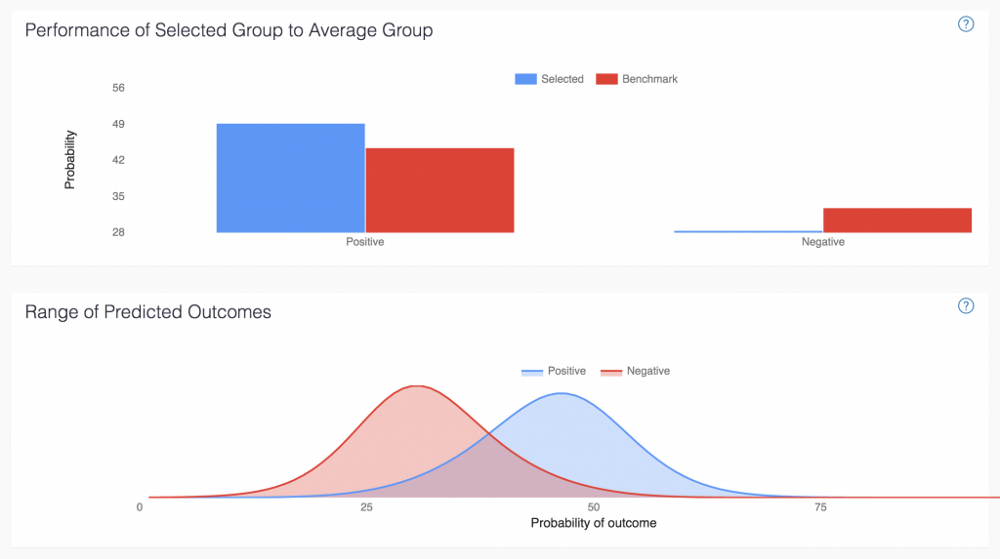Could James Hird have obtained better legal representation?
A few weeks back, the Supreme Court of Victoria handed down judgment in the proceeding James Hird brought against his insurer, Chubb. (For those of you not in Victoria, Hird is a lauded former captain of a football club famous for wearing long sleeve shirts, and involvement with the supplements regime at the Essendon Football Club.) Hird claimed that Chubb failed to indemnify him as it was required to do so under a D&O insurance policy taken out by the club. Apparently there was a legal bill of about $700k, and Hird thought it was a good idea to go double or nothing Martingale betting strategy.
For various reasons that others will write about, Justice Kim Hargrave dismissed the proceeding.
Hird, who seems to have a close relationship with Stephen Amendola of Ashurst, engaged Ashurst to instruct Geoffrey G McArthur QC and Rachel Walsh. Chubb, being an insurer, briefed insurance firm Clyde and Co and James Peters QC, who led Chris Archibald.
Was this the best team he could have briefed? We’ll never know for sure, but LitiPredict gets us pretty close. But according to our LitiPredict model, Hird’s selection of his legal team was about as good it was going to get. Here’s a graph of how the team was expected to perform given historical outcomes.
The large area under the positive outcome (blue) curve and the positioning of the peak of the curve to the right of the negative outcome (red) curve suggests a positive outcome.
Hird’s team had a greater probability of a positive outcome and a lower probability of a negative outcome than the benchmark team. The probability density function (the continuous random variable is itself the probability of the particular outcome — ie, the chart depicts the probability of a probability) suggests that his team was expected to perform well, given the case and other contextual features.
Here’s a comparison of the predicted performance of Ashurst against some benchmark firms with experience in insurance indemnity issues.
What happened then? The anomaly in this case seems to be Hird’s willingness to take the battle all the way to the end, which is somewhat suggested by his willingness to double down. Ordinarily, good lawyers (being the team Hird engaged) would be able to convince a client in a case of this sort to drop the claim or if the claim has some merit, to obtain a compromise that would offset some of the loss. If there’s any criticism of the team, it’s that they could’ve done a better job convincing him to settle. But Hird I’m sure was not the sort that was easily convinced.
It waits to be seen whether Hird will follow through with Martingale and appeal to the Court of Appeal, and then again to the High Court.


